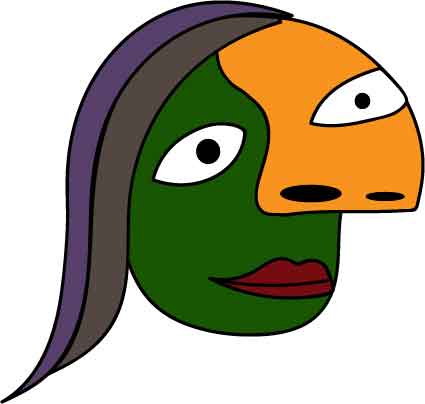UW-Platteville art program celebrates Picasso’s birthday
Students and faculty share insight on the meaning of National Art Day
National Art Day, or International Artists’ Day, is celebrated on Oct. 25, Pablo Picasso’s birthday. Art has always been an important part of the human experience. The first records are not written in books, but are captured in paintings, sculptures and music that help to paint a picture of a world lost to the past. This celebration shows respect to the different forms of art: paintings, sculpture, photography, architecture, literature and music.
Picasso is one of the biggest influences of art in the 20th Century. His career spanned over a 78-year period, in which he created 13,500 paintings, 100,000 prints and engravings and 34,000 illustrations.
To celebrate this day, you can go out and do some artistic activities. This may include buying a piece of artwork, visiting your local art museum, or opening a book to learn about breakthroughs in art. Examples of breakthroughs include Andy Warhol’s 1962 Campbell’s Soup Cans, which introduced Pop Art, and Venus of Hohle Fels, a small ivory carving of a female found in 38,000-33,000 BC.
“Art means everything and is wherever I choose to see it. Art is everywhere one chooses to look, but not everyone sees it. I feel blessed to be able to see the world in a different way than some. To be able to examine everything in an artistic way that not everyone understands,” sophomore art education major Jessie Schoessow said.
“Art has become my newfound passion in several areas. Being legally blind, ceramics class is my perfect outlet. I zone out with my projects while singing and listening to music; in those moments, I couldn’t be happier. Not only am I expressing myself, but I am satisfied with my creations. Music and studio art are a blessing in my life,” sophomore studio art major Fallon Zimmerman said.
“Art is the production of meaningless to the meaningful,” senior engineering physics major Sam Horsnell said.
“Art is a celebration of the senses, not for trade or profit, not for a career, not for any singular purpose—art is for now,” art professor Daniel J. O’Brien said.
“To me, art is the result when any person arouses their potential ability to create beauty that is not necessarily bound by restrictions, limitations,” art professor Steve Vance said.
“Art is my lifeline. Art is my window on the world. Art is my reckoning of experience. Art is an opportunity to look very carefully. Art is the extension of my physical self into the conceptual realm. Art is an avenue to transcend time, cultures and geographic boundaries. Art is the expression of our most fervent desires, deepest fears and noblest aspirations. Art is society’s mirror. Art is a slap in the face, a splash of cold water, a poke in the eye, a warm blanket,” art professor Richard Moninski said.
“An interesting question. I like to think of art as an expression a society’s cultures, values, and beliefs. As such art is less about beauty, sublime power, or personal reactions, all of which are relative values and constantly changing, and more about how a society sees itself, what it wants to project, and very nature of a given society. Further, art is not a mere illustration of societal values, but rather a concrete expression of a society and a powerful, influential and substantive means spreading the very ideas and values that define a society,” art professor Tyler Ostergaard said.
“Art is formless. It exists as a catalyst to express the qualities of our personal, cultural, and political climate. Art changes with the world, as our feelings, and views on society change the work that is produced evolves. It allows us to create tangible objects out of the amorphic quality of life,” art professor Scott Steder said.




